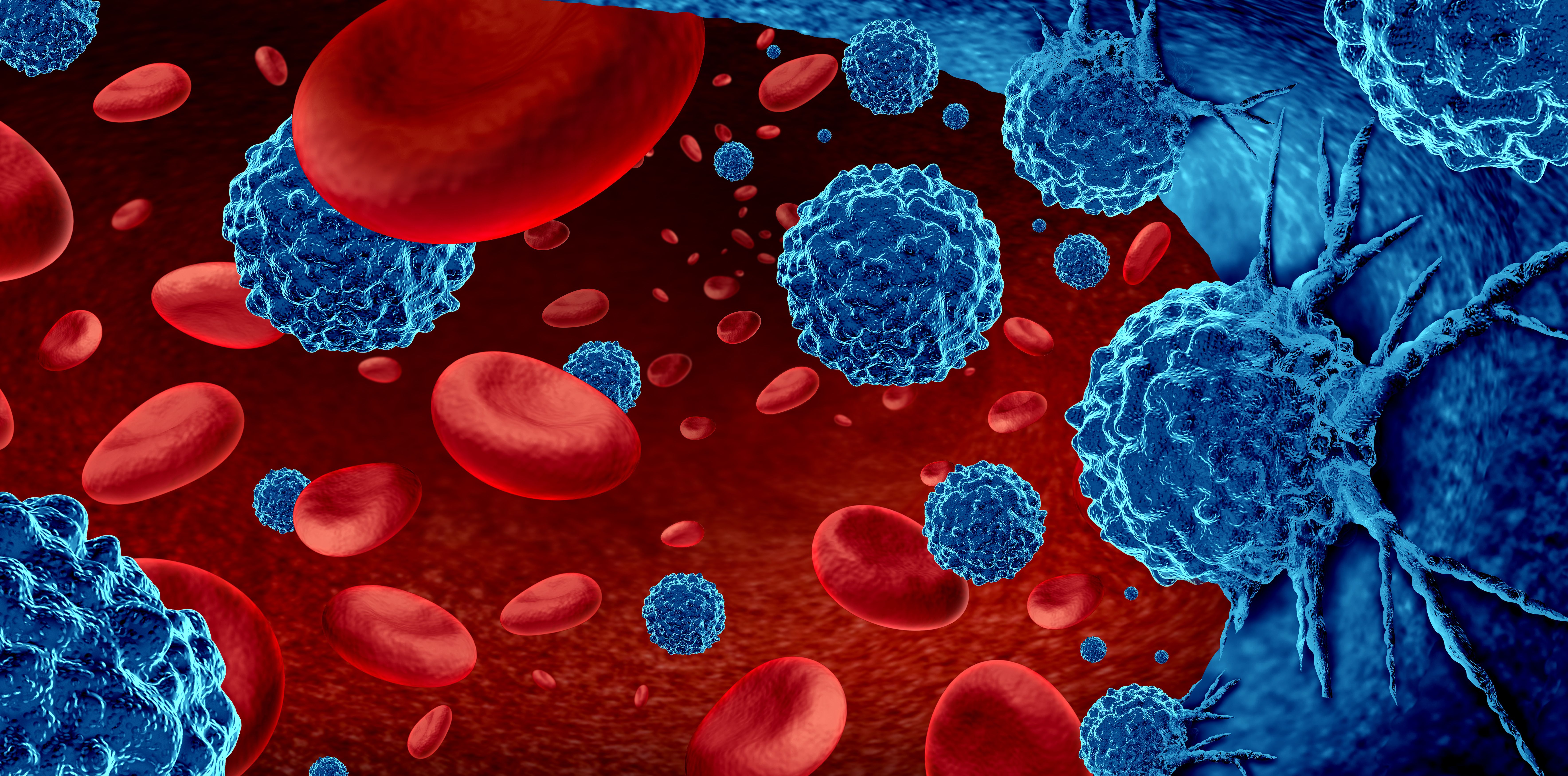Article
Study: Sharp Decline in Cancer Screenings, Diagnoses During the First COVID-19 Surge
Author(s):
The study findings emphasize the need for people who missed or postponed a cancer screening test early in the pandemic to contact their health care provider to discuss the potential need to reschedule it, according to the study authors.
Researchers at Dana-Farber/Brigham and Women’s Cancer Center found a substantial decline in cancer and precancer diagnoses at the Northeast’s largest health care system during the first peak of the coronavirus disease 2019 (COVID-19) pandemic because of a drop in the number of cancer screening tests performed, according to a Dana-Farber press release.
The findings were moderated somewhat by data showing that cancer screenings and diagnoses at the health care system largely rebounded to pre-pandemic levels in the months following the initial peak. Further, these results confirm concerns that COVID-related restrictions may have delayed the detection and treatment of many cancers, according to the researchers.
The study findings emphasize the need for people who missed or postponed a cancer screening test early in the pandemic to contact their health care provider to discuss the potential need to reschedule it, according to the study authors.
“It’s widely thought that fewer people were screened for cancer and precancerous lesions during the first surge of the pandemic, because of limitations on non-urgent medical procedures, restrictions on patient volume, and patients’ concerns about the spread of the virus and the need for social distancing,” said co-first study author Ziad Bakouny, MD, MSc, in a press release. “For this study, we wanted to document the extent of this decline, and its impact on cancer diagnoses, at a major US health care system.”
The investigators drew from a registry of patient data at Massachusetts General Brigham, a system of hospitals, community health centers, and physician practices in Massachusetts, tracking how many people underwent cancer screening tests, such as mammograms and colonoscopies, and how many were diagnosed with cancer. The data covered 4 three-month periods: March 2 to June 2, 2020; the previous 3 months; the subsequent months; and the same 3 months in 2019, according to the study authors.
The statistics reveal a significant decline in cancer screening during the peak period. A total of 15,453 patients underwent screening exams during the March to June time frame, compared with 64,269 in the previous 3 months and 60,344 in the same 3 months of 2019. Screening levels largely recovered in the 3-month post-peak period, to 51,944.
The decrease in screening tests was accompanied by drops in diagnoses of the cancers detected by those tests. Further, the researchers calculated that if the same number of people had been screened during the peak period as in the previous 3 months, approximately 1438 additional cancers and precancerous growths would have been diagnosed.
The falloff in diagnoses is a source of concern to the researchers because of how cancers are detected at an early stage and are easier to treat than those that are not discovered until they have had time to grow and spread.
“It’s reassuring, though, to see that in the three-month post-peak period, the number of screening tests and diagnoses resulting from those tests returned to a near-normal level,” Bakouny said.
In addition, researchers might have expected the decrease in diagnoses to be higher than the 1438 their analysis estimated, finding that the percentage of screening tests resulting in a cancer or precancer diagnosis was higher during the height of the pandemic than at other times. The study authors noted that this may occur because at a time of limited screening availability, physicians recommended screening primarily for patients at highest risk of having cancer.
“This investigation is especially timely given that we are currently dealing with a second, and potentially worse wave of the pandemic,” said co-senior study author Quoc-Dien Trinh, MD, of Brigham and Women’s Hospital, in a press release. “We have learned to leverage a redesigned patient flow, increased use of telehealth, and made other accommodations to allow our patients to continue receiving standard of care cancer screening and diagnosis in the safest possible environment.”
REFERENCE
Study shows sharp decline in cancer screenings and diagnoses during the first COVID-19 surge. Dana-Farber Cancer Institute. https://www.dana-farber.org/newsroom/news-releases/2021/study-shows-sharp-decline-in-cancer-screenings-and-diagnoses-during-the-first-covid-19-surge/. Published January 14, 2021. Accessed January 15, 2021.





